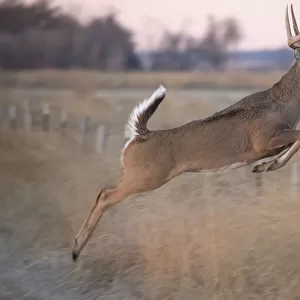Home > Animals > Mammals > Muridae > Maximus
Dinornis Maximus

Wall Art and Photo Gifts from Mary Evans Picture Library
Dinornis Maximus
Sir Richard Owen poses beside the skeleton of a moa (dinornis maximus)
Mary Evans Picture Library makes available wonderful images created for people to enjoy over the centuries
Media ID 585292
© Mary Evans Picture Library 2015 - https://copyrighthub.org/s0/hub1/creation/maryevans/MaryEvansPictureID/10039520
Dinornis Extinct Maximus Owen Poses Skeleton
FEATURES IN THESE COLLECTIONS
> Animals
> Mammals
> Muridae
> Maximus
> Arts
> Artists
> E
> Richard Evans
EDITORS COMMENTS
This historic photograph captures Sir Richard Owen, a renowned English naturalist and paleontologist, standing next to the impressive skeleton of Dinornis maximus, also known as the Great Moa, at the British Museum in London. Dating back to the late Pliocene or early Pleistocene epoch, around 3.6 to 5 million years ago, Dinornis maximus was one of the largest species of the extinct flightless birds known as moas, native to New Zealand. Sir Richard Owen, who is considered the father of paleontology, played a significant role in the scientific discovery and classification of Dinornis maximus. He first described the species based on a partial skeleton discovered in New Zealand in 1843. In this photograph, taken likely in the late 19th or early 20th century, Owen's expertise and fascination for the natural world are evident as he examines the moa's skeleton with great interest. The Great Moa stood at an impressive height of 12 feet (3.6 meters) and weighed up to 550 pounds (250 kilograms). Its powerful legs and sharp, curved beak were adapted for foraging and defense. This photograph not only showcases the awe-inspiring size of Dinornis maximus but also highlights the importance of Owen's contributions to the scientific understanding of this extinct species. The discovery and study of Dinornis maximus and other moa species have provided valuable insights into the ecology and evolution of New Zealand's unique ecosystems. Today, the moas remain an essential part of the country's natural heritage and continue to captivate the imagination of scientists, researchers, and visitors alike.
MADE IN THE USA
Safe Shipping with 30 Day Money Back Guarantee
FREE PERSONALISATION*
We are proud to offer a range of customisation features including Personalised Captions, Color Filters and Picture Zoom Tools
FREE COLORIZATION SERVICE
You can choose advanced AI Colorization for this picture at no extra charge!
SECURE PAYMENTS
We happily accept a wide range of payment options so you can pay for the things you need in the way that is most convenient for you
* Options may vary by product and licensing agreement. Zoomed Pictures can be adjusted in the Cart.



